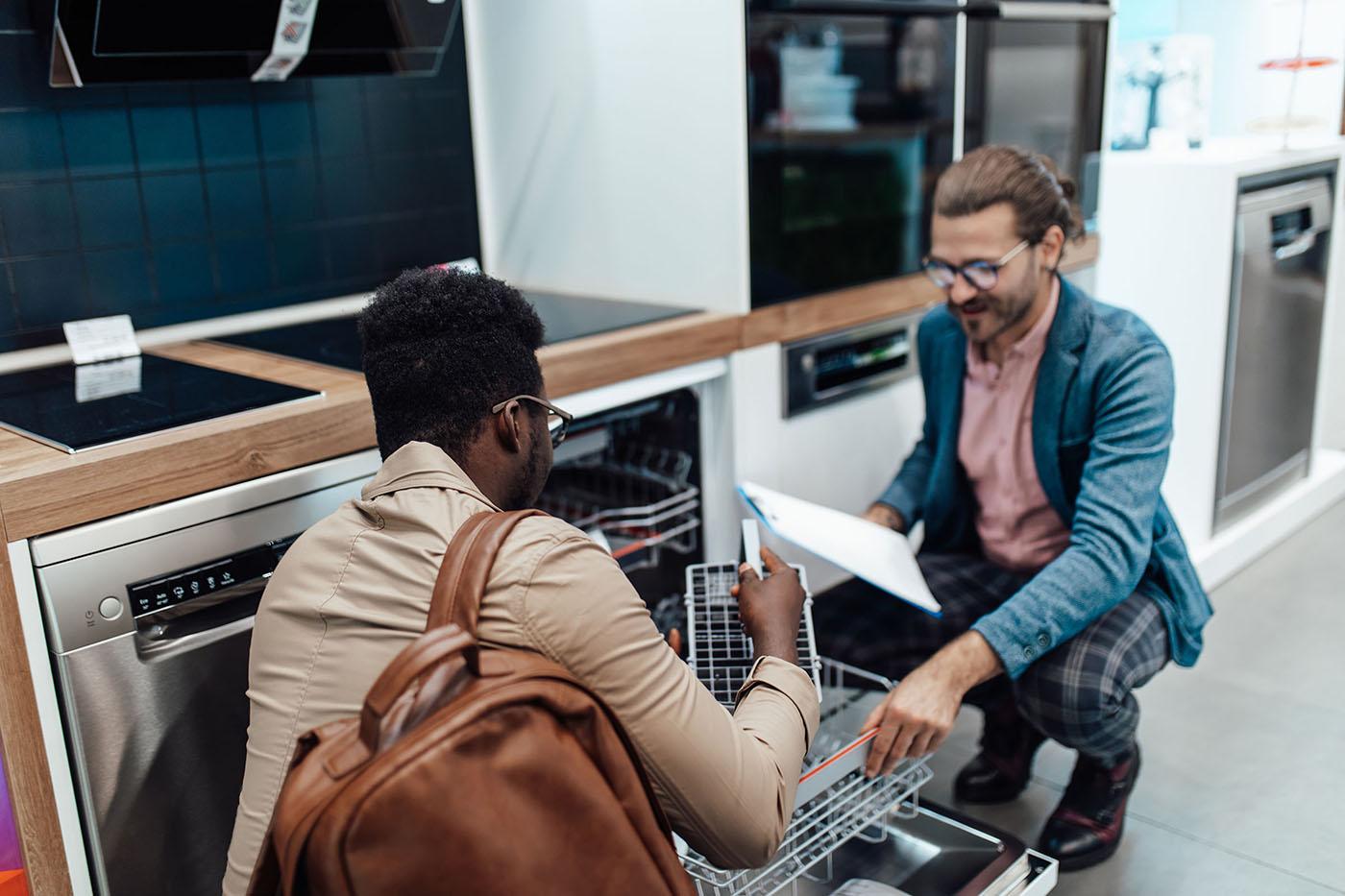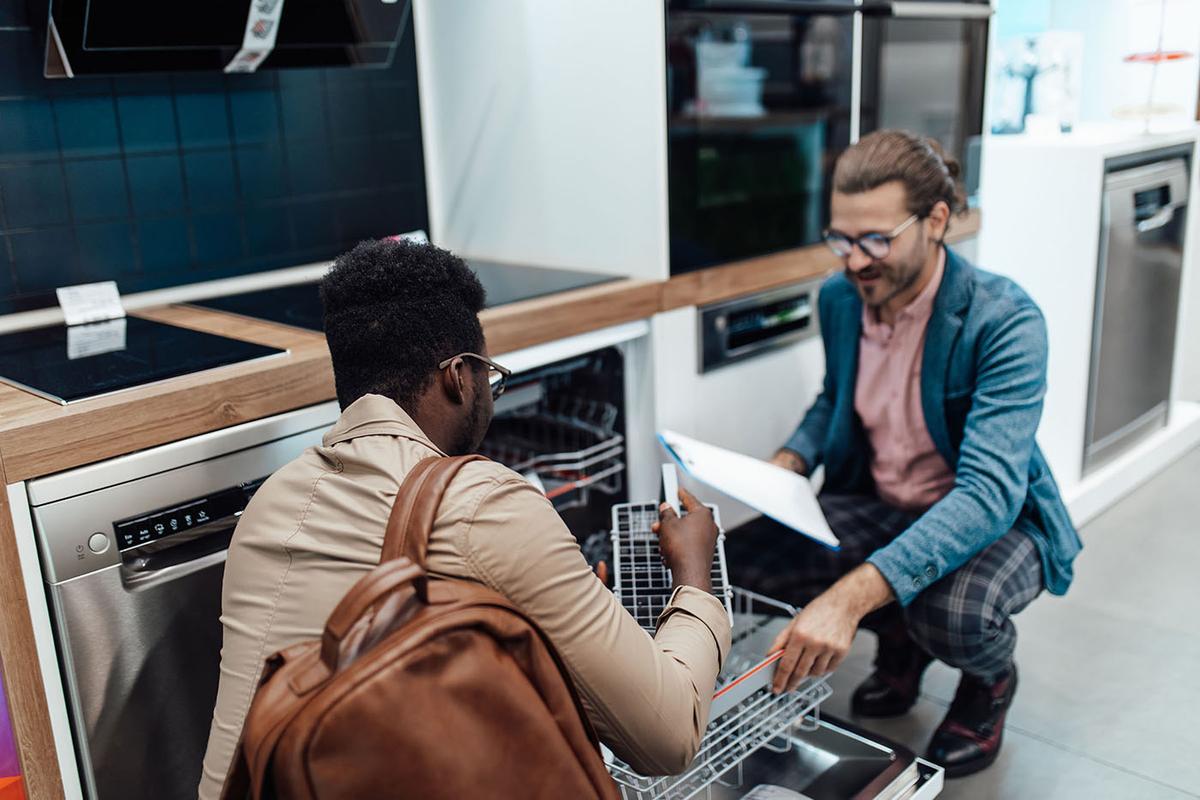

Regional shopping habits aren’t one-size-fits-all – and neither are financing needs. Learn how geography, income levels, and credit access shape the way consumers shop across the U.S., especially those with subprime credit.
Key takeaways
Although shoppers with credit challenges can be found in every region, they are more concentrated in the South and Midwest.
Shopping needs vary by region and product category due to local economic conditions, cultural norms, the weather, and state-level regulations
Consumers with low or subprime credit continue to need essentials such as furniture, appliances, tires, and mattresses, but many face barriers to traditional financing.
Localized marketing and inventory strategies can help meet customer needs in your area and drive more sales.
Snap-branded lease-to-own and loan options help businesses serve more shoppers, regardless of region or credit profile.
From urban centers to small towns, where people live, work, and shop influences their financial priorities and purchasing decisions. Taking note of regional shopping trends and consumer behaviors can unlock new opportunities for your business and foster stronger connections with your customers, including those with low or subprime credit.
From local economic conditions and cultural norms to the weather, geography shapes consumer behavior in many ways.
This is especially true for the nearly 1 in 3 Americans with subprime credit. No matter where they live, this is a consumer segment under financial pressure. New research from Snap Finance reveals:
46% of consumers with credit scores below 670 describe their current financial situation as unstable or very unstable, compared to 11% of consumers without credit challenges
37% of those with lower credit scores say their financial situation has worsened in the past three months
What does this mean for your business? Understanding how regional shopping trends, geography, and access to credit impact shopping and payment patterns will help you connect more effectively with your customers in your area. People from all financial backgrounds need your products and services, but a growing number may not have access to traditional financing.
Keep reading to learn insights to help you refine your marketing and sales strategies.
Why geography matters for merchants
It’s no secret that a person’s day-to-day experiences in Texas are different than someone's in Vermont. These differences extend to economic realities such as income levels, cost of living, and employment opportunities, and directly influence a consumer's purchasing power and financial health. Local industries, housing markets, access to retailers, and even state regulations play a part in shaping a person's financial situation and buying decisions.
So, where do a higher percentage of credit-challenged consumers live? Among respondents to the “Closing the Credit Gap: Major Purchase Study,” Snap Finance found the following geographic breakdown of customers with and without credit scores below 670:
South: 46% of those with lower credit scores live in the southern U.S., compared to 40% of those with higher credit scores.
Midwest: 23% of those with lower credit scores live in the middle of the country, compared to 20% of those with higher credit scores.
West: 18% of those with lower credit scores live in the western U.S., compared to 21% of those with higher credit scores.
Northeast: 13% of those with lower credit scores live in the Northeast, compared to 19% of those with higher credit scores.
Although those with low or subprime credit can be found in every region, these findings suggest that businesses in the South and Midwest may encounter a larger share of customers with limited access to traditional credit, while those in the West and Northeast may serve markets with comparatively stronger credit profiles.
Snap Finance found that among those with lower credit scores, 63% of those in the South and 60% of those in the Midwest were interested in lease-to-own or rent-to-own financing.
Average credit scores also vary by state. According to state-level consumer data from Experian, state-by-state differences in average credit scores range from an high of 742 in Minnesota to a low of 680 in Mississippi.
If you’re located in an area with a higher number of people with credit challenges, more of your potential customers could benefit from more inclusive financing options, including Snap-branded lease-to-own financing and loan options.
What are customers with low and subprime credit shopping for?
People with low or subprime credit want the same access to goods and services other people enjoy. They just have a harder time securing financing for what they need.
In its Closing the Credit Gap: Major Purchase Study , Snap Finance found a higher percentage of consumers with lower credit scores live in the South and Midwest. Those findings hold true when looking at various product categories.
Here are a few highlights for shoppers with credit scores below 670:
Appliance shoppers: 57% South, 21% Midwest, 12% West, and 9% Northeast
Furniture shoppers: 54% South, 20% Midwest, 16% Northeast, 11% West
Auto/tire shoppers: 44% South, 24% Midwest, 19% West, 13% Northeast
Mattress shoppers: 42% South, 24% Midwest, 24% West, 10% Northeast
Customers with lower credit scores still have purchasing power
People with lower credit scores have income and purchasing power. Snap Finance found that 47% of consumers with subprime credit work full-time jobs, with 73% earning less than $75,000 per year.
Consumers with low or subprime credit is not a niche market. Wherever you’re located, it’s a substantial portion of your potential customer base who find it difficult to pay for major purchases and essential services.
It can take years to build credit or for a credit score to recover from negative items on a credit report. In the meantime, consumers with credit challenges still need new tires, furniture, mattresses, appliances, and other essential items, and may need less-traditional financing options to get what they need.
Among consumers with credit scores below 670, 78% have been turned down for financing – up 2% from the previous year, according to Snap Finance.
Regardless of the location, these potential customers could benefit from more inclusive financing options, including Snap-branded lease-to-own financing and loan options. And your business could benefit from making pay-over-time options available to more customers.
South and Midwest: The heart of the market
The higher concentration of credit-challenged consumers in the South and Midwest is not an accident. These regions have a higher prevalence of industries, including agriculture, with fluctuating employment and wage levels that may not keep pace with the national average.
When comparing South vs. Northeast shopping habits, several patterns emerge. With a larger percentage of the population having a lower credit score, in general terms, larger purchases like a new refrigerator or a set of tires can be harder for more customers in the South. Offering inclusive lease-to-own financing or loan options can be the difference between making a sale and having a customer walk away empty-handed.
West and Northeast: Different needs and opportunities
While the West and Northeast have a smaller percentage of the nation's subprime consumers, the opportunity is still substantial. The high cost of living in many parts of these regions, particularly in major urban centers, means that even individuals with moderate to high incomes can find themselves financially stretched. A person earning $75,000 a year in New York City or San Francisco will likely have less disposable income than someone earning $50,000 in a smaller Midwestern town.
As a result, more consumers in the Northeast and West who seek alternative financing might be doing so to manage cash flow in a high-cost environment. For example, customers might have a credit card but prefer to use a lease-to-own option to preserve their credit line for emergencies. Of course, many customers will need inclusive financing because they don’t qualify for traditional financing.
Understanding these nuances allows you to tailor your approach and show customers that you understand their specific financial situations.
What this means for your business: Localized marketing implications
Snap Finance’s research on regional shopping trends provides actionable data you can use to refine your business strategies. Generic, nationwide marketing campaigns will likely fall flat because they fail to speak to the unique realities of consumers in different locations. To truly connect with your audience, you must think local.
Here are some practical ways to apply these insights from Snap Finance’s research:
1. Tailor your marketing messages to customers in your region. Your marketing should speak to the needs and priorities of people in your community and region. Do shoppers in your area tend to value quality over cost, for example?
2. Adjust your product assortment. Use state-level consumer data to inform your inventory. Are you in an area with harsh winters? Tires and car repair services will be a higher priority. Are you in a rapidly growing suburban area? Furniture and appliances for new homes will be in high demand.
3. Train your sales team. Equip your staff with regional shopping trends findings so they can have more empathetic and effective conversations with customers, helping customers find the best way to get what they need.
4. Strengthen your local digital presence. Use location-based keywords in your online advertising and on your website. Phrases like "furniture financing in Dallas" or "no-credit-needed appliance store in Cleveland" can help you capture local search traffic.
Regional shopping trends: More than a one-size-fits-all approach
Meeting the needs of consumers takes more than a one-size-fits-all approach. By recognizing and responding to diverse regional shopping trends, you can build stronger relationships with your customers and drive sustainable growth for your business.
By embracing a localized strategy, you can move beyond outdated stereotypes and meet your customers where they are. Partnering with Snap Finance is a powerful way to show shoppers that you understand their needs and are ready to help.